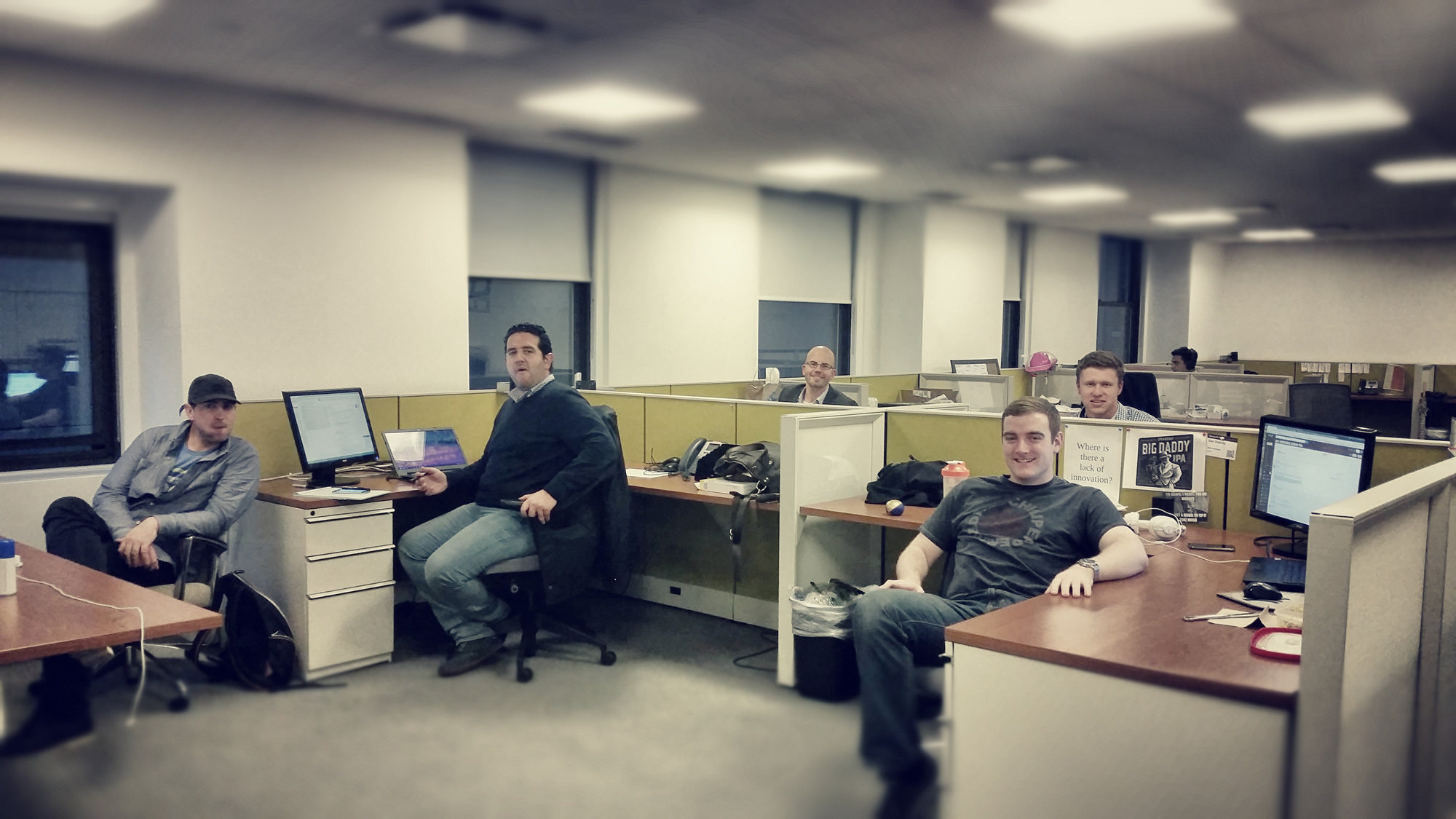
For our third instalment of the the How to Ship series, we interviewed Dan Delaney, VP of Product Development at Newlio, about how his team ships software.
1. What does your company do?
Newlio is a powerful customer-centric marketing and insights platform. We equip marketers with actionable intelligence and help them earn more revenue.
2. Why did you choose Sprintly?
I had heard good things from a friend who is a developer and we took a look at Sprintly. We saw that it had everything we were looking for from a ticket-management system and more, so we decided to give it a try and have loved it since.
3. What’s your workflow for getting things done in Sprintly?
We typically do our work in a 2 week sprint. We keep most of the items to be worked on in the Someday pile. When we’re ready to work on them in a sprint, we move them to the Backlog. Then when they’re being worked on we move them to Current, and once they’re completed and pushed up to our testing server, we move them to Completed. Once the item is tested and works properly, we move that item to the Accepted section.
4. How do you decide and prioritize what you’re going to work on next?
We have weekly meetings with everybody where we discuss the current top priorities for the company. Sometimes we have clients asking for a specific feature that we’d like to add to our platform, other times we have some new features we’d like to add to enhance our offering, and sometimes we just do a general clean-up sprint where we take care of some bugs and other nice-to-have features for us internally.
5. How do you decide when something is done, and ready to be shipped?
We have a testing environment set up, and once an item is marked as Completed and pushed up to that server, our people thoroughly test the new feature or bug fix and ensure that everything is ready to push it to our production servers. We typically push everything to production a day or two after each 2 week sprint.
6. How do you involve your team in the development process?
Everyone attends the weekly meeting so everyone is able to contribute their thoughts as to what the current priority is. Everyone is also allowed to enter tickets into Sprintly if they feel a feature or bug fix should be considered. Once we figure out what is a priority, the developers estimate the tickets and we figure out what can fit into the next 2 week sprint. Then the developers get to work and at the end we have a sprint review to see how everything went. Occasionally the developers meet with the product/business development people to further clarify what needs to be done for a given item.
7. What are some tricks you use to increase and maintain your velocity?
We use the Sprintly item sizes (S, M, L, XL) to help us determine our velocity for each 2 week sprint. When we do our estimates before each sprint, the developers get together and play what we call “estimates poker”. This is where we all review what needs to be done for a ticket, and all at the same time reveal what our estimates are. If there are 3 of us, 2 might reveal M, and one might reveal L. At this point we discuss why the one person thought it was a L and determine if the other 2 people missed anything. Once we all come to an agreement we mark the ticket and move on.
8. What are some obstacles you’ve had to overcome?
Our only obstacles with Sprintly come from an abundance of items. In our Someday area we have hundreds of tickets in there and it becomes tough to keep track of the different types of things we put in there. It would be nice to have some sort of type or color-coding given to these items so that when we eventually look in there for new features to implement we can more easily sort through what we have. Also we have over one thousand items in our “Accepted” area and that is also very tough to sort through (not to mention it takes a while to load up due to the sheer number of items I’m sure. Some pagination would be a nice new feature perhaps?)
9. What are some other tools you use in your development workflow?
We use a Git repository to keep track of our code, and use a tool with that called Git-flow which helps us easily keep track of the branches we have created for features and bug fixes, while maintaining understanding of what is on our development and testing branches. We also use some unit testing software to ensure that existing code is not broken by pushing up a new feature or bug fix.
10. How do you keep your team motivated to do great work?
Us developers sometimes get competitive to see how many points each of the us can knock out in a given sprint, which does make work more fun. It would be interesting to see Sprintly incorporate a gamification aspect that encourages this type of competition. We can manually filter through our tickets to see who had the most points per sprint, but there is no place to easily look at bar or pie charts or some kind of summary for each 2 week period, looking at certain tags, etc.
Aside from that, we enjoy what we do and believe in the company, so it makes the coding feel less like “work”.
You can check out Newlio here: Newlio

